
In God’s Image
Sep 17, 2021 By Alisa Braun | Commentary | Ha'azinu | Sukkot
What does it mean to be created in God’s image? Or to act in a God-like way? As I reread Parashat Ha’azinu, I was struck by the ways Moses’s song poetically develops God’s care for the Israelites, and I discovered in the vivid and diverse metaphors the beginnings of an answer. From the opening lines, where God’s words are likened to varieties of rain, sustaining and giving life to all, to God as an eagle “who rouses his nestlings” and “bears them along his pinions” (Deut. 32:11), this God builds up, guides, teaches, and protects. God provides for the Israelites’ physical needs with gifts of abundance, nurturing the people with “honey from the crag” as a mother nurses her child (Deut. 32:13). The Israelites’ lack of gratitude inflames God’s anger, but God bestows mercy and forgiveness, despite there being no mention of teshuva (repentance). God gives.
Read More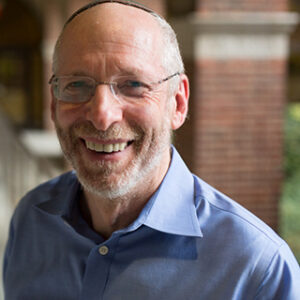
We are All Sukkah-Dwellers
Oct 2, 2020 By Eliezer B. Diamond | Commentary | Sukkot
Since the accidental discovery of X-rays by Wilhelm Röntgen in 1895 and the subsequent creation of X-ray machines, we have been able to view our bodies through two different lenses. The first is what we see in the mirror—a body of flesh, which takes various forms and distinguishes one individual from another. The second is not visible to the naked eye; it is the skeletal structure that supports the flesh and organs that surround it. Though both are necessary constituent elements of our physical being, we are generally much more conscious of our outer being than our inner one. And yet, our bones are more durable than our flesh. Long after we die and our flesh has wasted away, our skeletal structure continues to exist.
Read More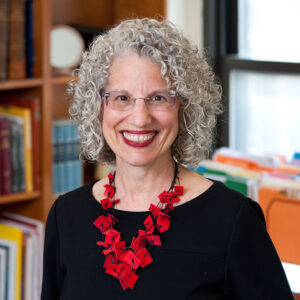
Human Lives and the Natural World
Oct 18, 2019 By Shuly Rubin Schwartz | Commentary | Sukkot
For many of us who live in dense metropolitan areas, spending time in national parks gives us a unique opportunity to experience in more immediate fashion the majesty of our world. Vacationing in the Canadian Rockies this past summer—hiking in the mountains, walking on glaciers, boating in deep blue lakes, cooling off in the spray of gorgeous waterfalls, identifying rare birds and seeing moose, elk, deer, and the occasional bear (thankfully from a distance)—I felt awed and fortunate to behold this.
Read More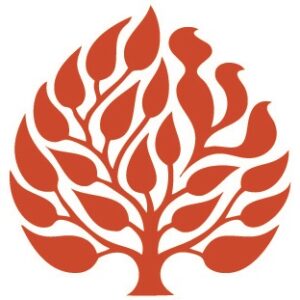
Cantillation for Song of Songs, Ecclesiastes, and Ruth
Oct 23, 2018 By The Jewish Theological Seminary | Prayer Recordings | Pesah | Shavuot | Sukkot
Recordings by Cantor Sarah Levine (CS ’17).
Read More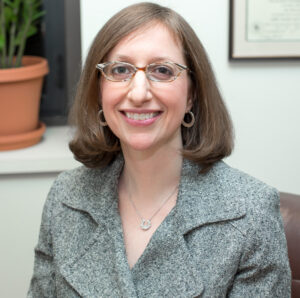
When Buildings Fall
Sep 28, 2018 By Julia Andelman | Commentary | Sukkot
From my childhood perspective growing up in an apartment building in suburban Boston, having a sukkah was a symbol of arrival—and our family didn’t have one. Most of our friends lived in private homes, and so, with a mixture of enjoyment and jealousy, we traipsed all around town to have our yom tov meals in other people’s sukkot.
Read More
A Sukkah Remembers
Oct 4, 2017 By Ofra Arieli Backenroth | Commentary | Sukkot
In his poem “The Jews,” Yehuda Amichai (1924–2000) bestows on us a full typology of the Jewish people—from the standpoints of both Jews themselves and outsiders. Some of those images remain with us: the Jew wearing a Turkish turban in a Rembrandt painting, the Chagall Jew holding a violin as he flies over rooftops, and other vivid images. In the middle of the poem, Amichai mentions a sukkah—his grandfather’s sukkah, in particular. Amichai turns the memory of the Israelites’ wanderings in the desert that the sukkah usually evokes on its head, and describes the sukkah as an object that itself remembers and reflects back to us the history of the Jews.
Read More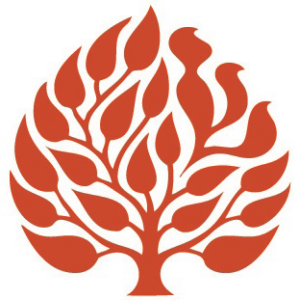
Our Very Life
Oct 4, 2017 By JTS Alumni | Commentary | Sukkot
One time it happened that a priest poured the libation on his feet, and all the people pelted him with their etrogim. (M. Sukkah 4:9)
The above Mishnah describes a scandalous episode set on the festival of Sukkot during the Second Temple period. The previous mishnah explains that on each day of the festival there was a ceremony where the priests would fill a golden flask with water from the Shiloah spring and bring it to the Temple to offer as a sacrifice on the altar. The special sacrifice of water was only offered on Sukkot. All other days of the year wine would be poured on the altar.
Read More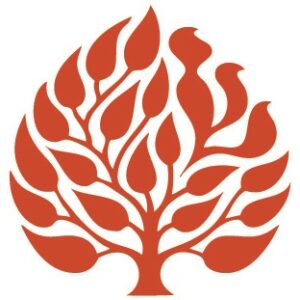
Kohelet’s Pursuit of Truth: A New Reading of Ecclesiastes
Mar 1, 2017 By Library of the Jewish Theological Seminary | Public Event audio | Sukkot
In his book Kohelet’s Pursuit of Truth, Rabbi Benjamin J. Segal, former president of the Schechter Institute of Jewish Studies in Jerusalem, presents an arresting new translation and commentary on Ecclesiastes that unlocks the ancient wisdom of one of the deepest and most controversial books of the Tanakh.
Read More


